Ski racing: mapping out your route
Coach’s tips
So here we are: it’s December. For many of us, it’s the start of the season. Several skiers already have a few dozen days of skiing behind them. Competition is fierce in alpine racing. If you want to carve a place for yourself among the best, you have to get maximum training volume depending on your age.
Practice makes perfect
This is a saying I really like to use. The fact that we’re far from the snowy mountains six months of the year forces us to travel out the country for specific training.
Some go to South America (Chile, Argentina) or to Europe for practice on the glaciers. Others head for the Canadian or American West. Summer and fall training allows young people to perfect their technique. Once the basics are mastered, we can increase the work intensity during the racing period to keep the athlete in top form.
And what about school?
Of course, alpine skiing isn’t done in a gym close to school. The young regional team athletes or those in a club program that offers weekday training must have access to a sport-study program. The youngsters have to be away from school one or two days a week for on-snow training.
For an autumn camp, they need to miss five to ten days of school. Some provincial or national races will also require that they miss a full week of school. From September to April, the number of missed school days can be around 40, depending on how engaged the young person is in their sport.
And yet, the great majority excel academically. They know that their parents’ priority is success at school. So they have to keep studying intensively after their training.
What happens after skiing?
In spite of all the effort and sacrifice, only a tiny minority will find a place on the national team. Across the country, about two or three racers per year of birth are selected. So why all the dedication?
To respond to this question, another aspect has to be considered: the coach and his or her skills. In contrast to popular belief, the coach is not just the person who dictates what to work on and corrects the athlete. He or she is, above all, a leader who passes on values of discipline, effort and perseverance, of respect and team spirit. They develop a privileged interaction with the athletes and their parents.
What’s left at the end of the journey of a hopeful, emerging or elite athlete?
What remains is discipline, confidence, perseverance and an incredible life experience that forges the character of the future citizen. I’m lucky enough to share my life with Cynthia Tessier, former athlete on the Québec team and with the Wildcats of the University of New Hampshire. She has the highest level of determination and organisational ability that I’ve encountered.
More from this author by clicking on his picture below.

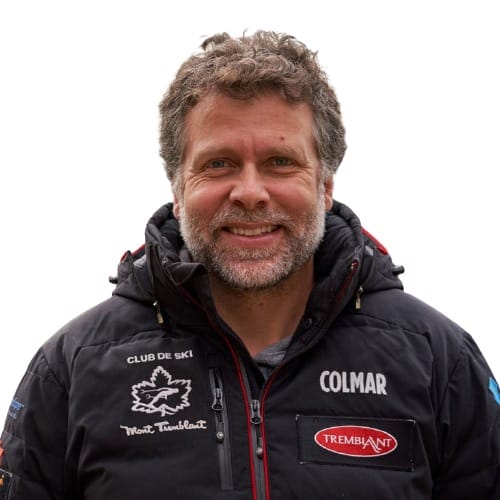
Jocelyn Huot30 Posts
Entraineur Chef du Club de ski Mont-Tremblant Entraineur Niveau 4 certifié FESC / PNCE Niveau 3 de l'Alliance des moniteurs de ski du Canada Formateur pour Alpine Canada depuis 2007 Head coach of the Mont-Tremblant Ski Club Leve 4 FESC/PNCE – certified coach, Level 3 CSIA/AMSC – certified instructor
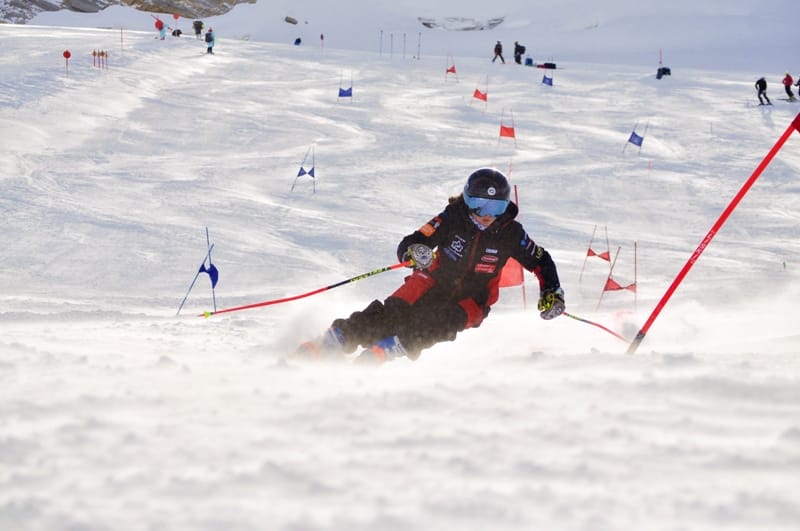
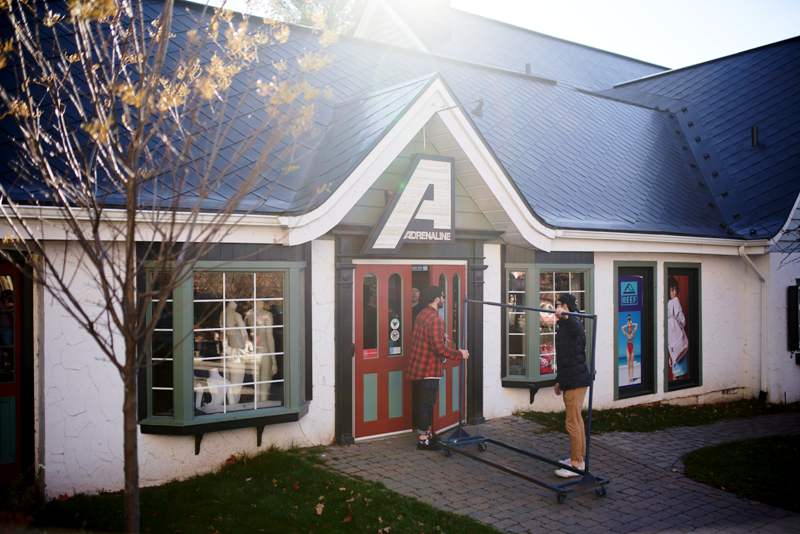
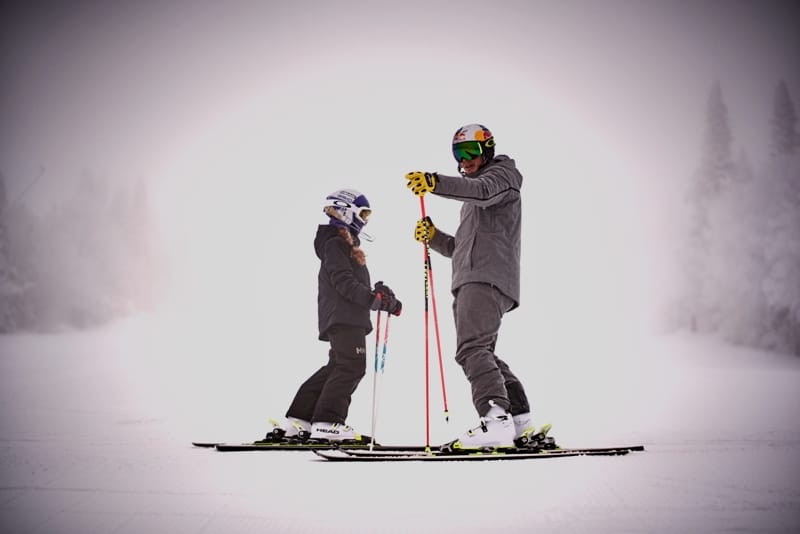
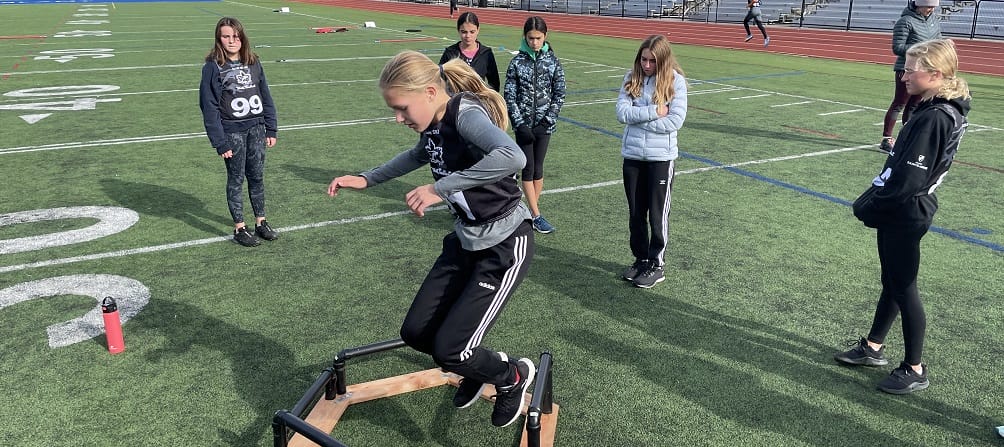

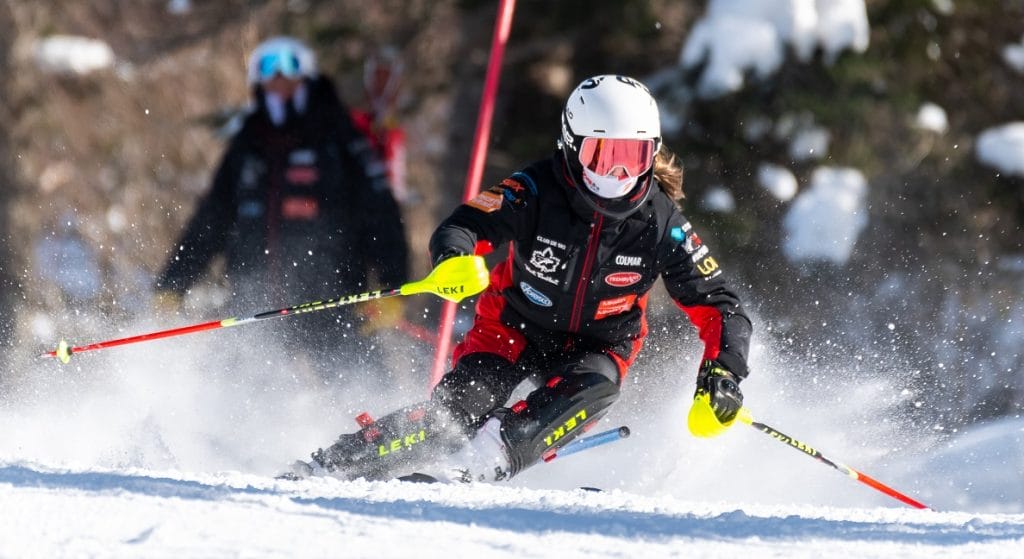

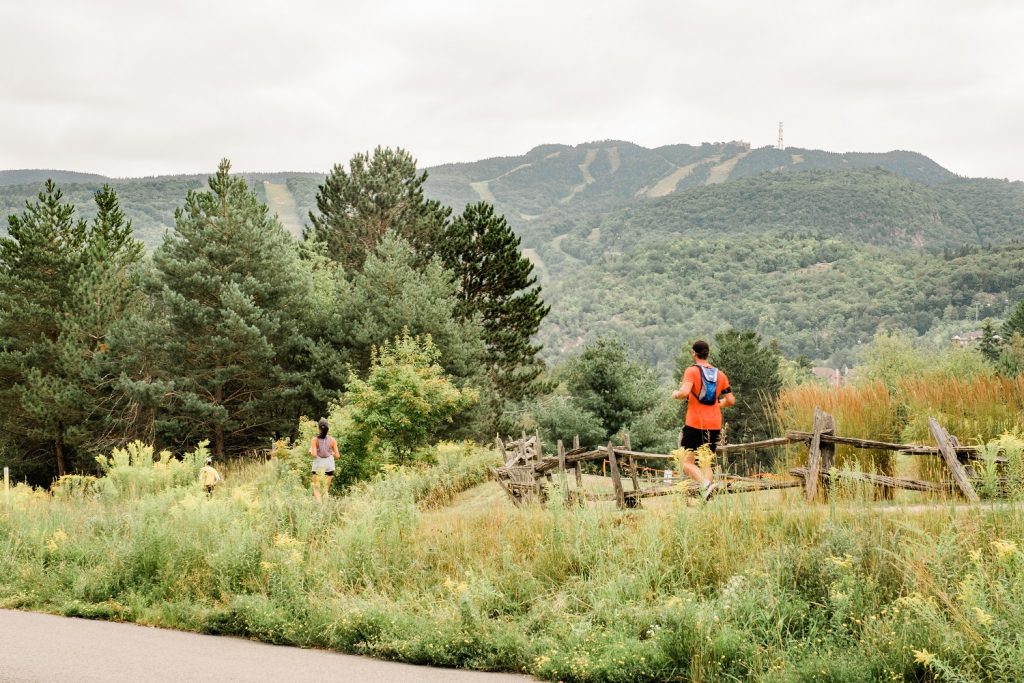
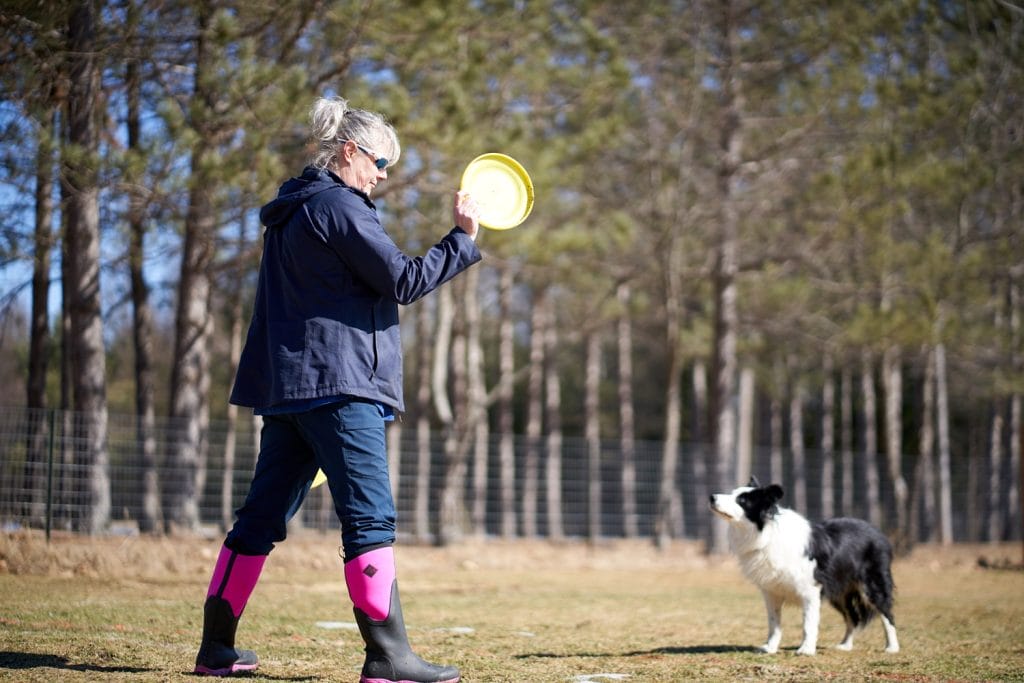
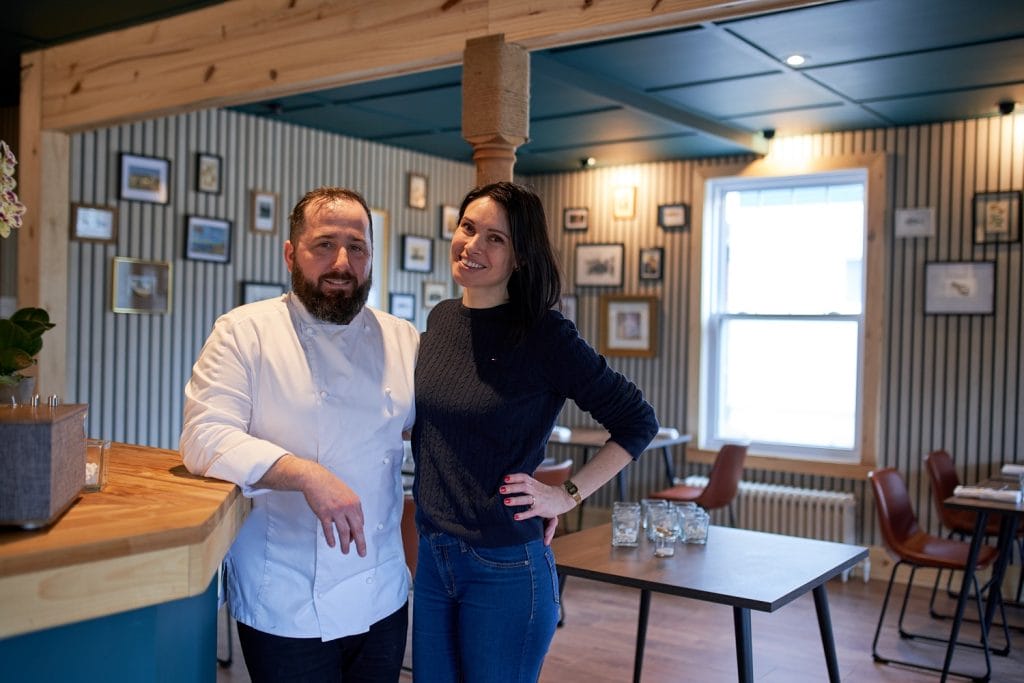
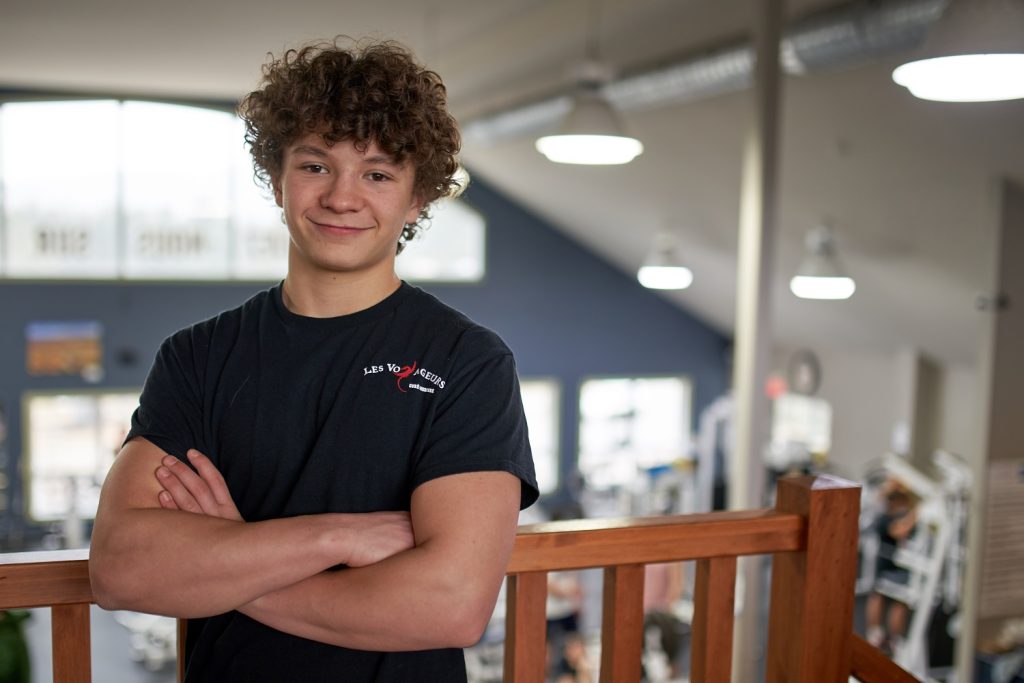
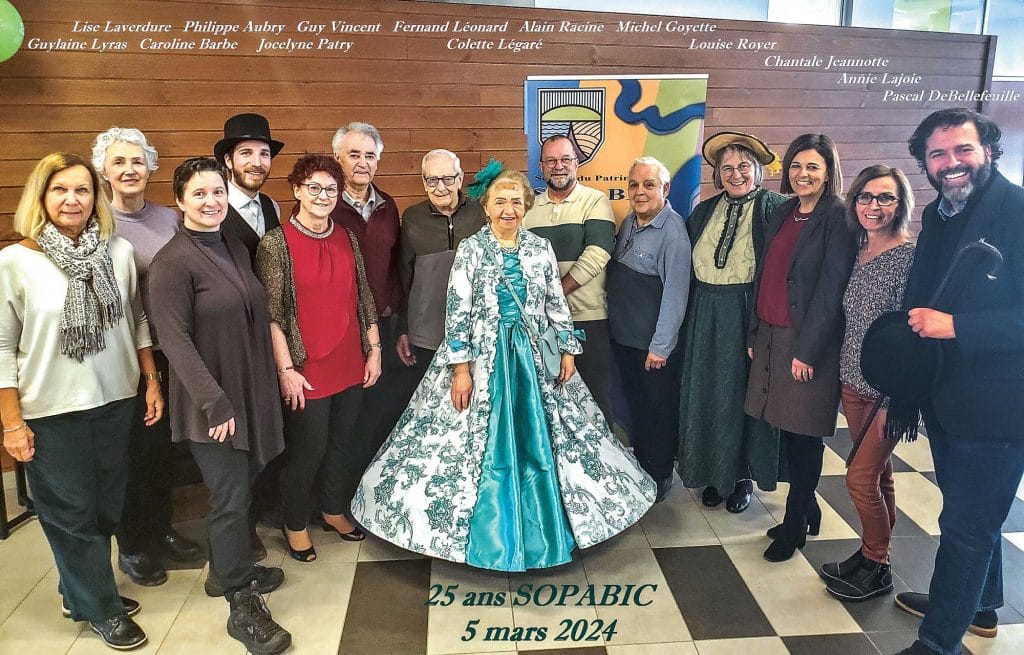
0 Comments